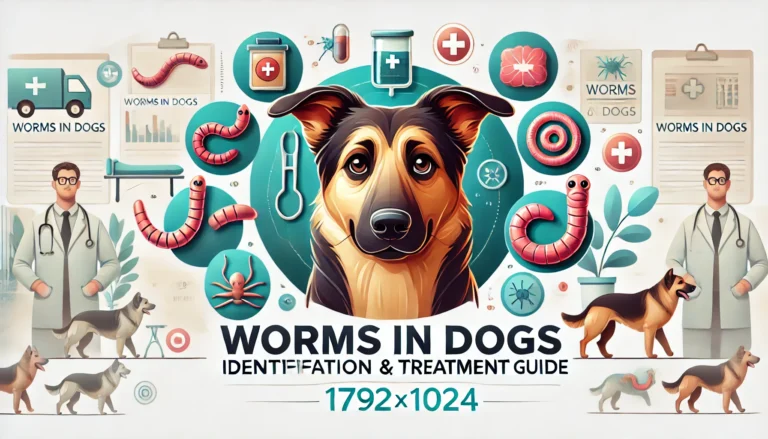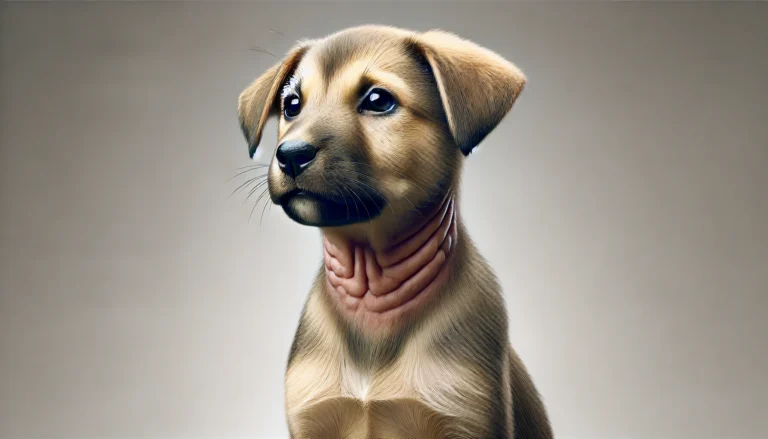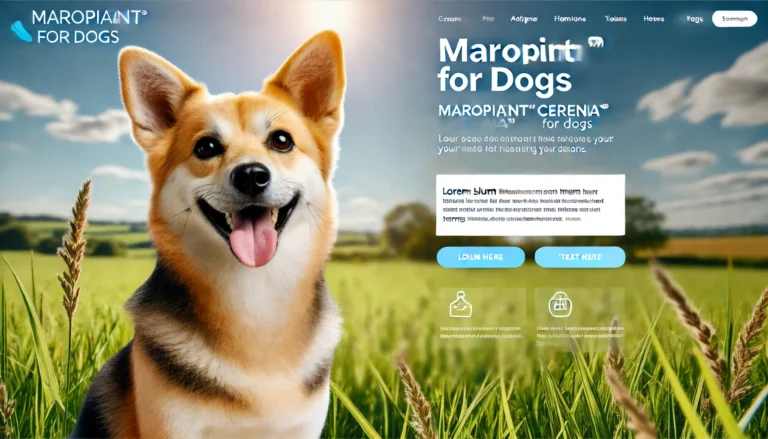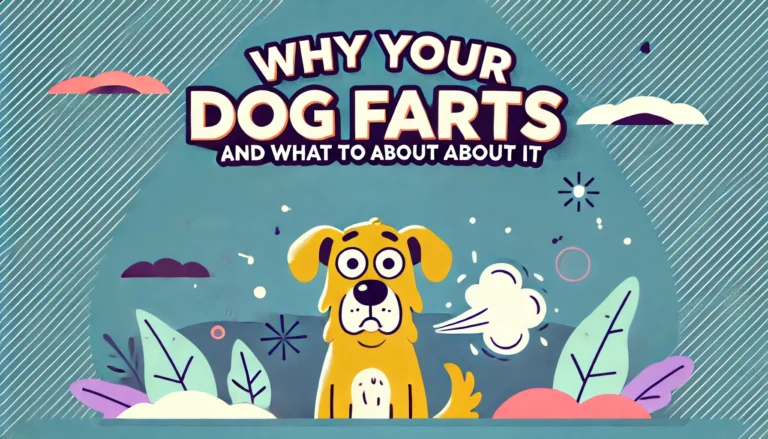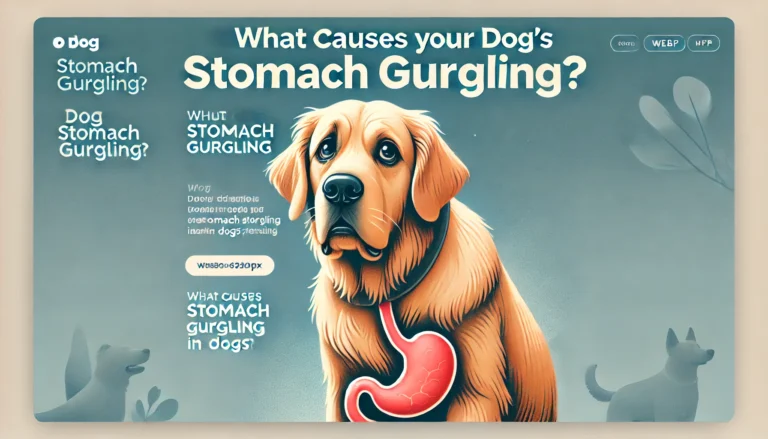Can Dogs Eat Pizza?
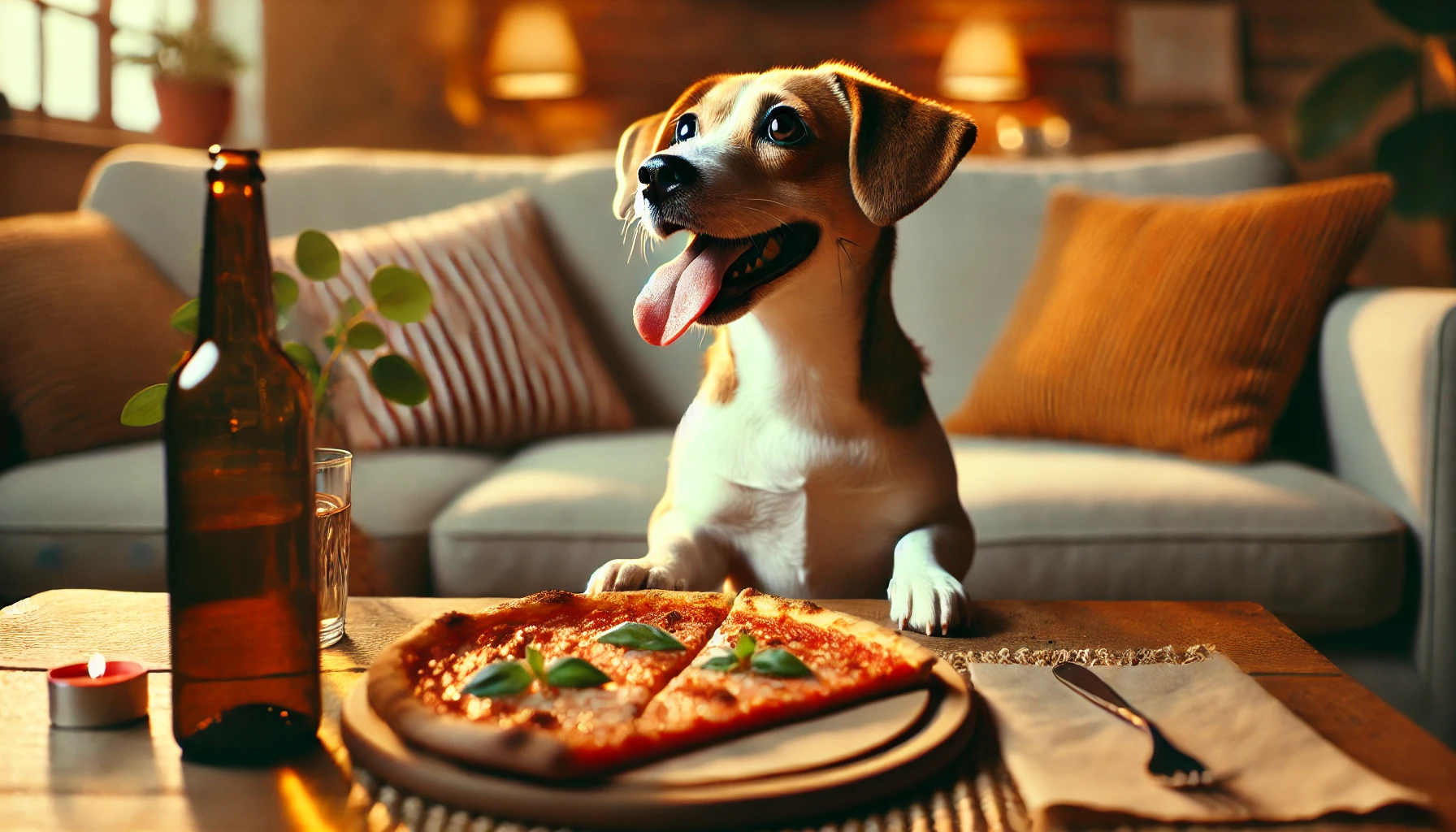
Can Dogs Eat Pizza?YES!When it comes to sharing food with your dog, pizza may seem like an innocent treat. After all, pizza is a popular comfort food that many people love. But can dogs eat pizza safely? While sharing pizza with your dog might seem harmless, it’s important to understand the potential risks and nutritional challenges associated with feeding pizza to your dog. In this article, we’ll explore everything you need to know about dogs and pizza, from what ingredients are safe to the risks involved and alternatives to pizza that are better suited for your dog’s diet.
What Makes Pizza So Tempting?
The Allure of Pizza for Dogs
Dogs are often attracted to the smell and taste of dogs eat pizza. The combination of cheese, sauce, and toppings can be incredibly appealing to your dog, especially if they’re used to sharing food with you. But while your dog might love the taste, the actual composition of pizza could be harmful to their health if consumed in large quantities or too frequently.
What Does Pizza Consist of? Breaking Down the Ingredients
A typical pizza is made up of several ingredients: dough, sauce, cheese, and various toppings. For dogs, some of these ingredients pose health risks, while others are fine in moderation.
- Dough: Most pizza dough is made from flour, yeast, and other additives, which might not be ideal for dogs, particularly if they have sensitivities to wheat.
- Cheese: Cheese contains fats and lactose, which can be difficult for some dogs to digest.
- Tomato Sauce: Pizza sauce often contains spices, garlic, and onions, which are toxic to dogs.
- Toppings: Pizza toppings vary widely but often include meats like sausage, pepperoni, or vegetables like onions and mushrooms, which can be harmful to dogs.
The Risks of Dogs Eating Pizza
While a small bite of pizza every once in a while may not be life-threatening for most dogs, there are some potential risks associated with feeding pizza to your dog, especially if consumed regularly or in large quantities.
1. Lactose Intolerance in Dogs
Many dogs are lactose intolerant, meaning they have difficulty digesting dairy products such as cheese. When lactose-intolerant dogs consume cheese, they can experience gastrointestinal distress, including diarrhea, bloating, and stomach cramps.
2. Toxic Ingredients: Garlic and Onion
Garlic and onions, common ingredients in pizza sauce and some toppings, are highly toxic to dogs. Even small amounts can cause hemolytic anemia, which is a condition that affects the red blood cells. Symptoms of poisoning may include vomiting, diarrhea, lethargy, and in severe cases, organ failure.
3. High Fat Content and Obesity
Pizza is often loaded with fats, especially when it contains large amounts of cheese or greasy meats like pepperoni or sausage. Over time, consuming high-fat foods can lead to obesity in dogs, which in turn increases the risk of joint issues, heart disease, and diabetes.
4. High Salt Levels
Pizza dough, cheese, and some toppings can be high in salt. Excessive sodium intake in dogs can lead to increased thirst, urination, and in severe cases, sodium ion poisoning. Salt toxicity can result in symptoms like vomiting, diarrhea, tremors, and even seizures.
5. Spices and Seasonings
Pizza sauce often contains various spices, such as oregano, basil, and sometimes chili peppers. While these spices are generally safe for humans, they can upset a dog’s stomach and cause gastrointestinal issues.
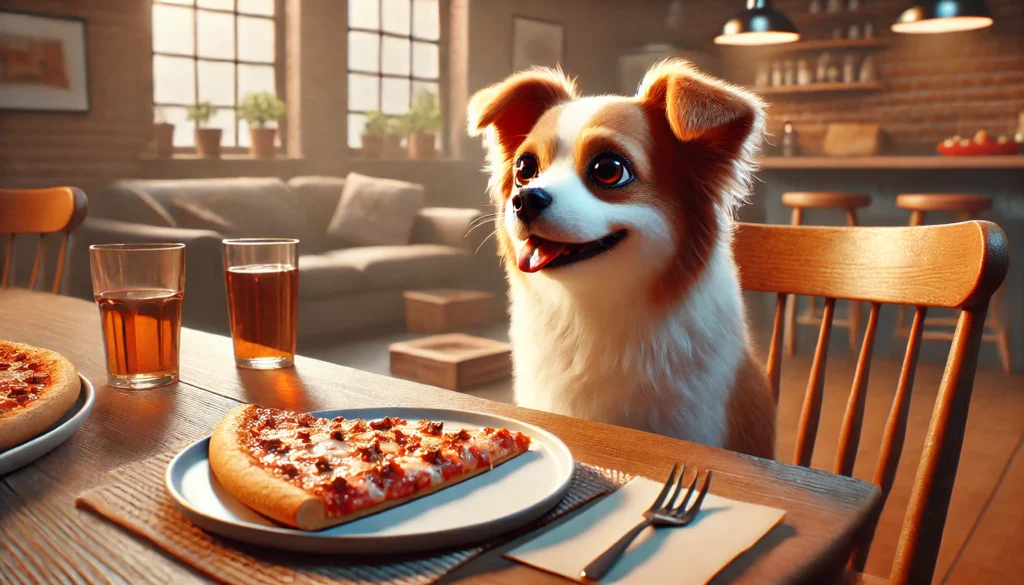
Dogs Eat Pizza Crust:
The Truth About Pizza Crust for Dogs
Pizza crust, made from flour, water, and yeast, is generally safe for dogs in small amounts. However, it is low in nutrients and high in carbohydrates, which doesn’t provide much benefit to your dog’s health. If your dog eats pizza crust occasionally, it is unlikely to cause harm, but it shouldn’t be a regular part of their diet.
The Role of Carbohydrates in a Dog’s Diet
While carbohydrates are essential to a dog’s diet, excessive carbs from things like pizza crust can contribute to weight gain and poor digestion. Dogs are omnivores, but their digestive systems are not designed to process large amounts of carbohydrates, particularly refined ones like those found in pizza dough.
Dogs Eat Pizza Toppings:
Sausage, Pepperoni, and Meat Toppings
Many dogs love meat, so it’s tempting to offer them a slice of pizza with sausage, pepperoni, or other meat toppings. While some meats are fine for dogs in moderation, processed meats like sausage and pepperoni are not ideal due to their high fat and sodium content. Moreover, they often contain preservatives, which can be harmful to your dog.
Can Dogs Eat Vegetables on Pizza?
Certain vegetables found on pizza, like mushrooms, bell peppers, or olives, are not toxic to dogs and are generally safe in small amounts. However, toppings like onions, garlic, or tomatoes (in large amounts) should be avoided as they can cause toxicity or digestive upset.
How Pizza Can Affect Your Dog’s Digestion
Dogs have a different digestive system than humans, and what might be easily digested by a human could cause a variety of issues for your dog. Here’s how pizza can impact your dog’s digestion:
1. Digestive Distress
After consuming pizza, especially pizza with a lot of dairy or greasy toppings, your dog may experience digestive distress. This can manifest as bloating, gas, diarrhea, or vomiting.
2. Pancreatitis
Pancreatitis is inflammation of the pancreas, and it can be triggered by high-fat foods. Since pizza is often rich in fat, it can lead to pancreatitis in dogs, which is a painful and serious condition. Symptoms of pancreatitis include vomiting, loss of appetite, abdominal pain, and lethargy.
Symptoms of Pizza-Related Illnesses in Dogs
If your dog has eaten a significant amount of pizza or consumed ingredients that are toxic to them, you may notice some symptoms that warrant immediate attention. Here are the common signs to watch for:
1. Vomiting or Diarrhea
If your dog’s stomach is upset due to eating pizza, they may experience vomiting or diarrhea. This can be caused by ingredients like dairy, spices, or high-fat content.
2. Excessive Thirst or Urination
If your dog consumes too much salt from pizza, they may drink more water than usual and urinate more frequently. This is a sign of excess sodium in their system.
3. Lethargy or Weakness
If your dog has consumed toxic ingredients like garlic or onions, they may become lethargic, weak, or uncoordinated. This could be a sign of toxicity and requires immediate veterinary attention.
4. Abdominal Pain or Bloating
Dogs that suffer from digestive distress or pancreatitis may exhibit signs of abdominal discomfort or bloating. They might appear restless, have difficulty lying down, or seem to be in pain.
What to Do if Your Dog Eats Pizza
If your dog accidentally eats a slice of pizza, especially if it contains harmful ingredients like garlic, onions, or excessive amounts of cheese, you should take immediate action. Here’s what you can do:
1. Monitor Your Dog
Keep an eye on your dog for the next 24-48 hours to monitor for any signs of distress. If your dog shows signs of vomiting, diarrhea, lethargy, or weakness, contact your vet immediately.
2. Contact Your Veterinarian
If your dog consumes a large amount of pizza or any amount that contains toxic ingredients, such as garlic or onions, contact your vet right away. They may recommend bringing your dog in for observation or administering activated charcoal to prevent further absorption of toxins.
do you know
Dogs, like humans, require a balanced diet to maintain good health. While most of their nutrition comes from high-quality dog food, some pet owners choose to add healthy treats to their dog’s diet, such as fruits, vegetables, and other foods.
Healthier Alternatives to Pizza for Dogs
Instead of sharing pizza with your dog, consider offering healthier alternatives that are safe and beneficial for their health. Here are some options:
1. Dog-Friendly Pizzas
You can make homemade dog-friendly pizzas using safe ingredients like whole wheat dough, lean meats (chicken, turkey), and dog-safe vegetables like carrots or pumpkin. There are also pre-packaged dog pizza kits available that use dog-friendly ingredients.
2. Healthy Treats
Offer your dog healthy treats like carrots, apples, or plain, unsweetened peanut butter. These snacks are tasty, nutritious, and safe for most dogs in moderation.
3. Special Dog Meals
If you want to give your dog a special treat, you can prepare a well-balanced, dog-friendly meal that meets their nutritional needs, using ingredients like cooked chicken, rice, and vegetables. This ensures they get the nutrition they need without the potential health risks.
Conclusion:
In conclusion, dogs should not eat pizza regularly, as it can cause gastrointestinal distress, obesity, and even toxic reactions. While a small bite of pizza every once in a while may not cause harm, it’s essential to be cautious about the ingredients. Pizza is often loaded with cheese, fat, salt, and potentially toxic ingredients like garlic and onions, which can pose serious health risks for your dog. Instead of pizza, consider offering your dog healthier, dog-safe alternatives that will keep them happy and healthy. If you ever find yourself in doubt about feeding your dog human food, it’s always best to consult your vet for guidance.
What happens if my dog eats two slices of pizza?
f your dog eats two slices of pizza, the consequences depend on the ingredients and the dog’s individual health. Pizza typically contains dairy, high-fat meats, spices, and sometimes toxic ingredients like garlic and onions. Eating two slices could lead to gastrointestinal distress, such as vomiting, diarrhea, or bloating, especially if your dog is not used to rich or fatty foods. Additionally, if the dogs eat pizza contains garlic or onions, there’s a risk of toxicity. If your dog displays symptoms like lethargy, loss of appetite, or stomach pain, it’s important to seek veterinary attention. In this topic, it’s crucial to be aware of the harmful effects that dogs eat pizza can have on dogs, even in small amounts.
Can dogs eat tomato sauce?
Dogs can technically eat tomato sauce, but it’s not recommended, especially in large quantities. While plain tomatoes are not toxic to dogs, the added spices, sugar, and seasonings in tomato sauce can be problematic. Common pizza sauce ingredients like garlic, onions, and excessive salt are toxic to dogs and should be avoided. In addition, high amounts of acidic ingredients like tomatoes could upset your dog’s stomach. If you want to give your dog a taste of tomatoes, it’s safer to offer small, plain pieces of fresh tomato, but always in moderation. This topic highlights the potential risks in feeding dogs tomato sauce and why it’s best to avoid it.
Can dogs eat cheese?
Cheese is generally safe for dogs in moderation, but it does come with some caveats. Many dogs are lactose intolerant, which means they cannot properly digest lactose, the sugar in dairy products like cheese. Feeding cheese to lactose-intolerant dogs can lead to gastrointestinal issues such as diarrhea, bloating, and stomach cramps. Additionally, cheese is high in fat, which could contribute to obesity if given too often. If you want to give your dog cheese, make sure it’s in small amounts and monitor for any signs of digestive upset. This topic underscores that while cheese may seem like a harmless treat, it’s not ideal for all dogs.
Can I give my dog crusts?
Giving yourdogs eat pizza crusts isn’t the best idea, especially if they are topped with excessive oils, salt, or spices. dogs eat pizza crust is often made from refined flour and carbohydrates, which aren’t necessarily harmful but don’t offer much nutritional value for your dog. While plain, unseasoned crusts in moderation are not toxic to dogs, they should be considered an occasional treat, not a regular part of their diet. In this topic, it’s important to recognize that dogs eat pizza crusts are high in empty calories and can contribute to weight gain or gastrointestinal discomfort if consumed frequently.
Can dogs eat bread?
Yes, dogs dogs eat pizza, but only in small amounts and in moderation. Plain bread, without any added sugars, salt, or toxic ingredients like raisins, is generally safe for dogs. However, bread is high in carbohydrates, and giving your dog too much could lead to weight gain or upset their digestive system. Additionally, some dogs may have wheat allergies, which can cause skin issues or digestive distress. If you want to give your dog a small piece of bread as a treat, make sure it’s plain and free from harmful ingredients. This topic emphasizes that while bread isn’t toxic, it should be offered with caution and balance.
Can dogs have pasta?
Dogs dogs eat pizza, but it’s best given in moderation. Plain, cooked pasta (without sauce or seasoning) is safe for dogs and can provide a small amount of carbohydrates. However, pasta is not particularly nutritious for dogs and should not make up a significant part of their diet. Additionally, if the pasta is made with high-sodium or spicy sauces, it can cause digestive issues or toxicity in dogs. This topic emphasizes that while pasta is not harmful in small portions, it should be an occasional treat and not a regular food choice for your dog.
Can my dog have crust?
Your dog can technically have crust, but it’s not the healthiest choice. As with dogs eat pizza crust, plain crust made from simple dough is not toxic, but it’s not particularly nutritious for your dog. If the crust is from a pizza or other bread that contains added salt, oils, or seasonings, it can be harmful. Overeating crust can also contribute to obesity due to the high-calorie content. In this topic, it’s important to consider the ingredient list and portion size when deciding whether to give your dog crust. In moderation, plain crusts are not dangerous but shouldn’t be a regular part of their diet.
Can dogs eat rice?
Yes, dogs can eat rice, and it’s often recommended by veterinarians as a bland food for dogs experiencing digestive upset. White rice, in particular, is easy to digest and can help soothe an upset stomach. Brown rice is also safe but contains more fiber, which might be harder for some dogs to digest. Rice can be a healthy part of your dog’s diet when served plain, without added seasoning or sauce. It’s often mixed with protein sources like chicken to create a balanced meal. In this topic, rice is considered a safe food that can be beneficial in some situations, especially when your dog has digestive issues.


